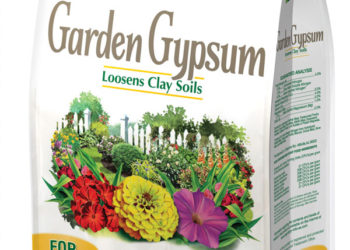Companion planting is an age-old practice that has been used by gardeners and farmers for centuries. It’s an all natural way to improve the health, productivity, and flavor of their vegetable crops. Simply put, companion planting involves planting different types of vegetables, herbs, and flowers together so that each plant benefits the other. Check out our companion planting guide and harness the power of this ancient art of natural gardening!
Tomatoes + Basil

One of the best-known examples of companion planting is the relationship between tomatoes and basil. Tomatoes benefit from the presence of basil. And basil in turn improves the flavor and growth of tomato plants, as well as repels certain pests. Basil also benefits from the shade provided by the tomato plants, which can help keep the basil from bolting. And no one can deny that they taste amazing together too!
Beans + Corn

Another great pairing is beans and corn. Beans will use the corn stalks as climbing support, while corn benefits from the nitrogen-fixing properties of the beans. This means that the beans help to improve the fertility of the soil, which in turn helps the corn to grow better.
Carrots + Tomatoes

Carrots and tomatoes are another great duo. Tomatoes can help to deter pests such as carrot flies. And the shade provided by the tomato plants can help to keep the carrots cool, preventing them from getting too hot in the sun.
Don’t Forget the Flowers and Herbs!

Companion planting can also involve the use of flowers and herbs to help improve the health and productivity of your vegetable crops. Marigolds are often planted near vegetables as they can help to repel certain pests, including nematodes, which can damage root vegetables. Herbs such as basil, thyme, and rosemary are also great companion plants. They not only help to improve the flavor of your vegetables but can also help to keep pests away.
Find Your Perfect Pair
When it comes to companion planting, there is no one-size-fits-all solution. Different vegetables and herbs will benefit from different combinations. However, by doing a little research and experimenting, you can find the perfect combination of companion plants for your vegetable garden and enjoy the many benefits that this ancient practice has to offer.
Want to learn even more about vegetable companion planting? Be sure to check out our comprehensive article on the subject, which covers everything from the basics in this companion planting guide to specific combinations of plants that you can use in your garden.





No Comments